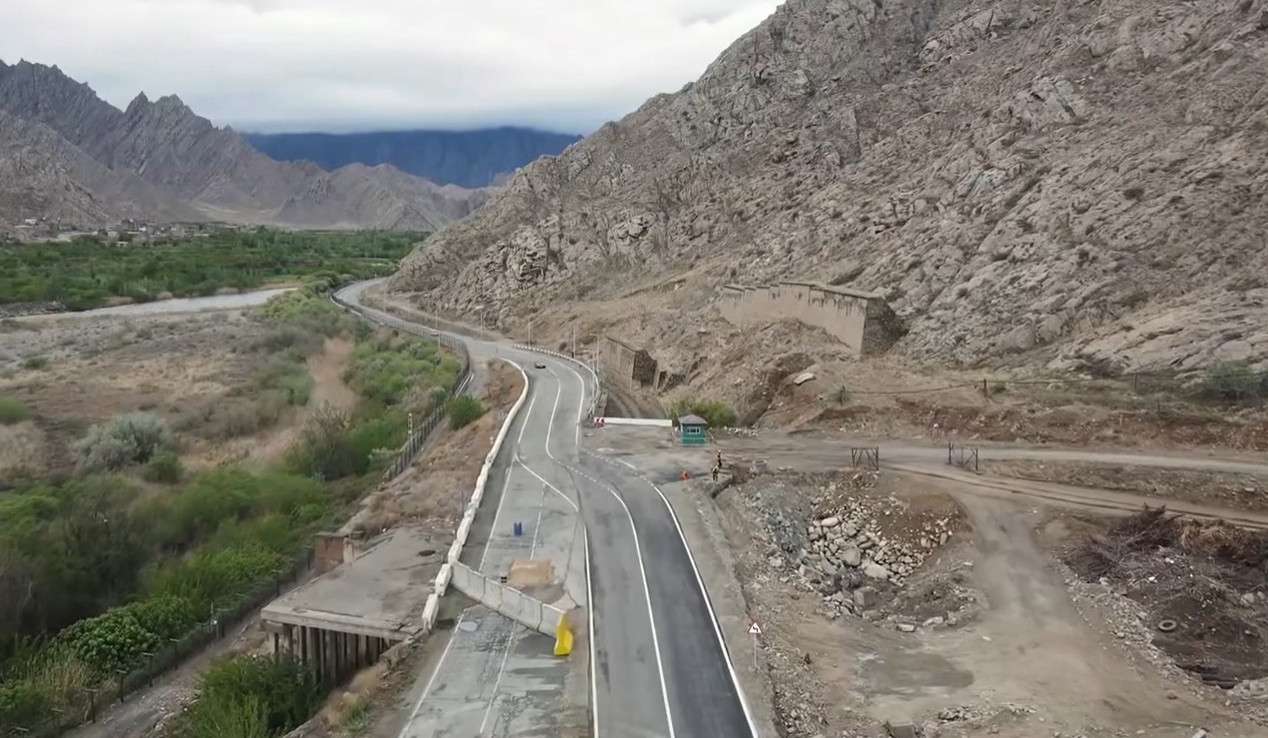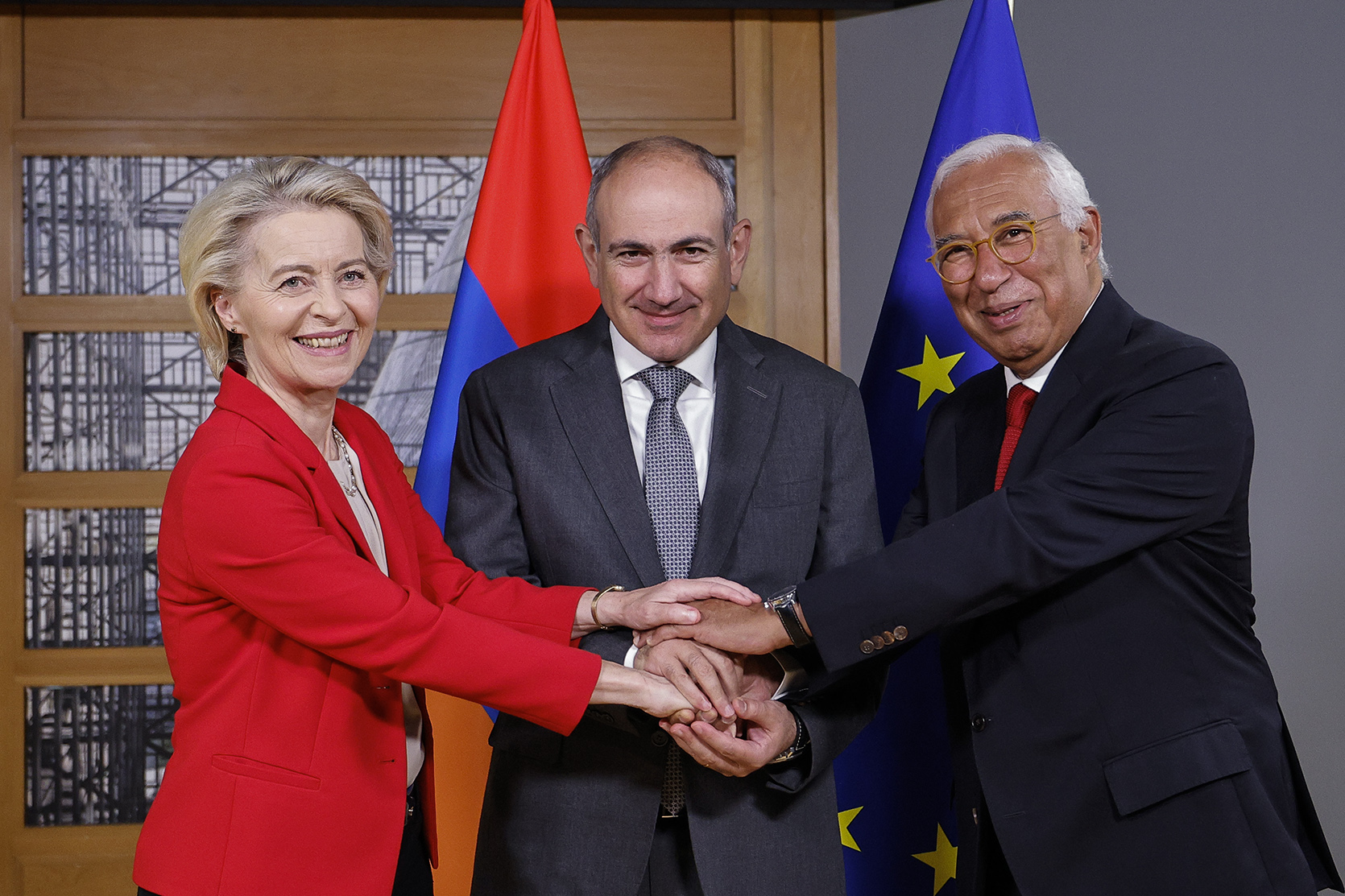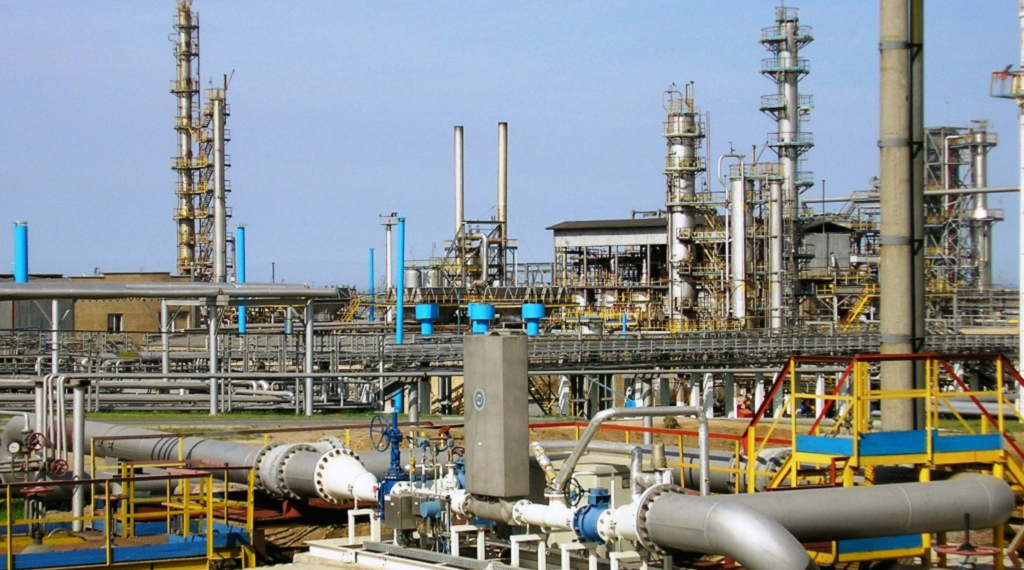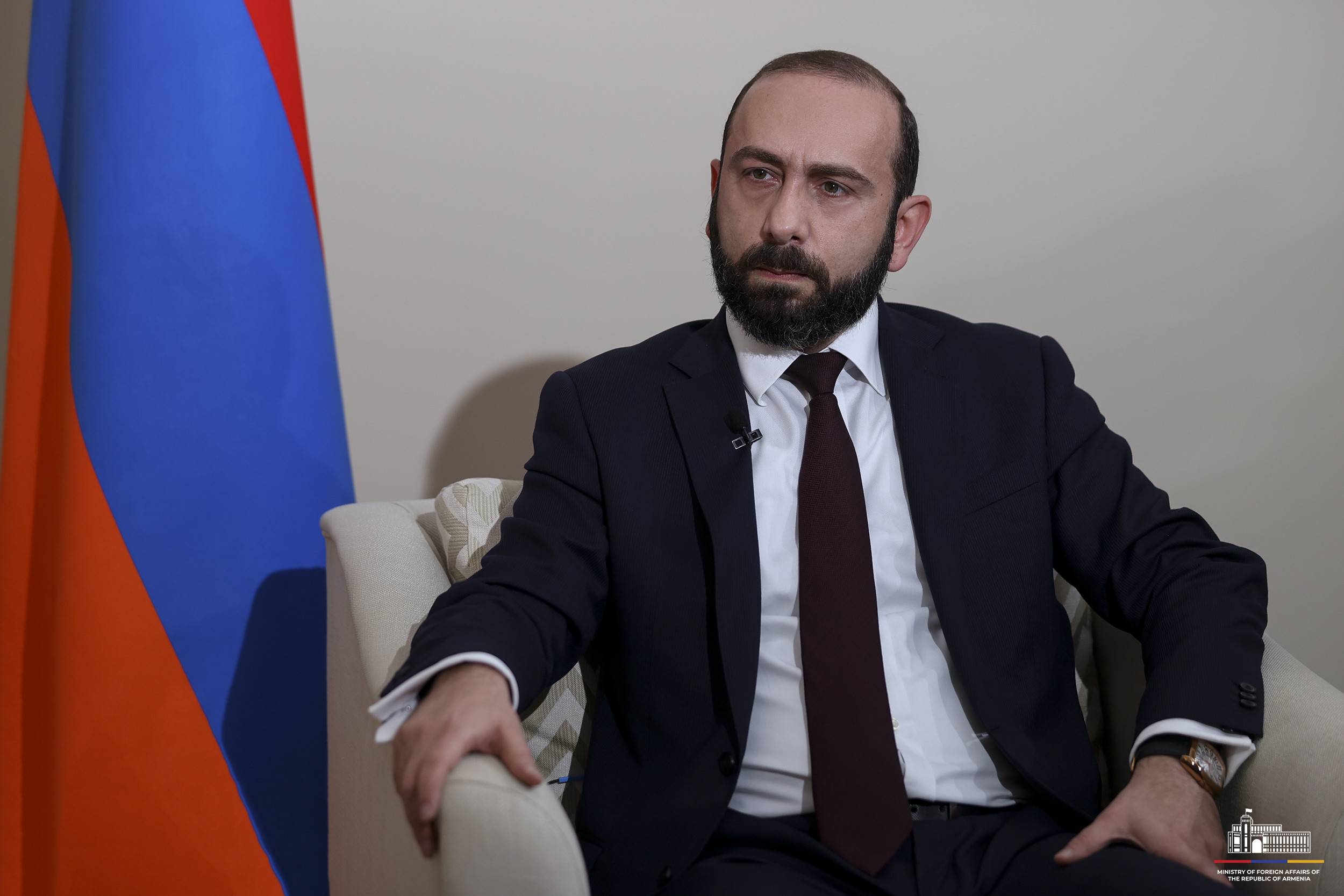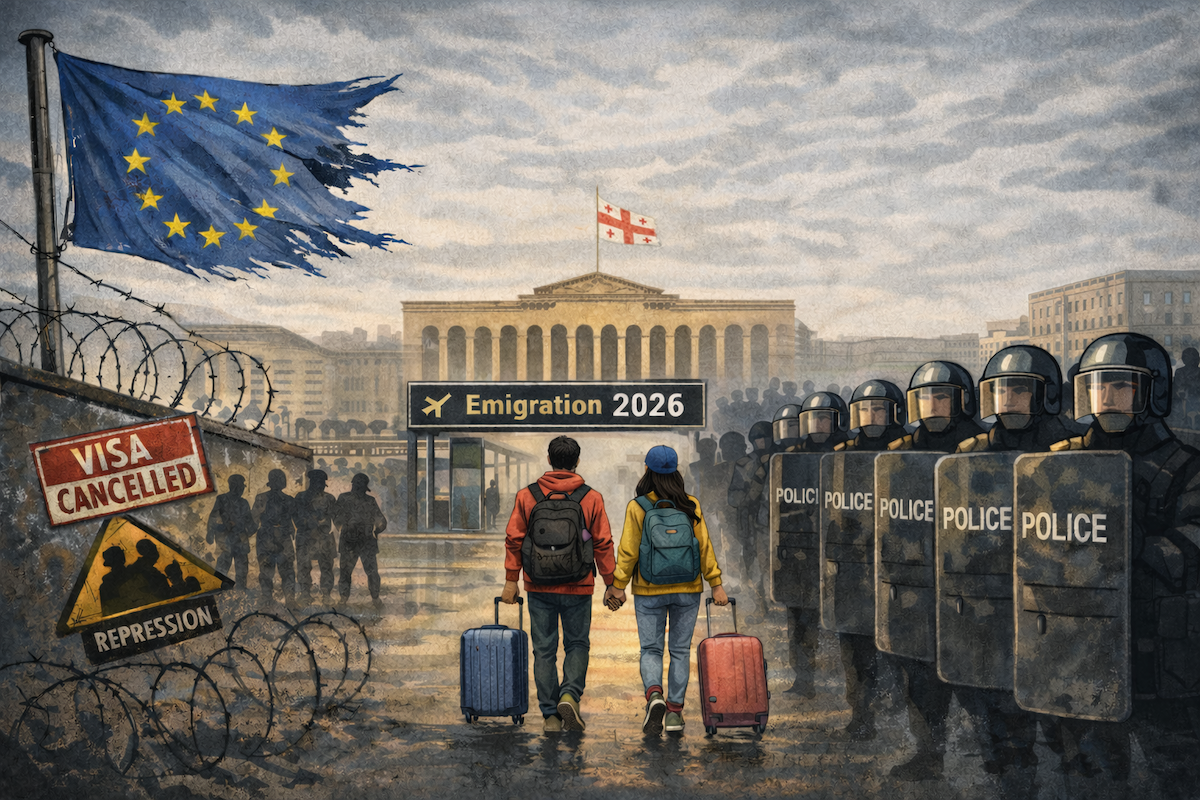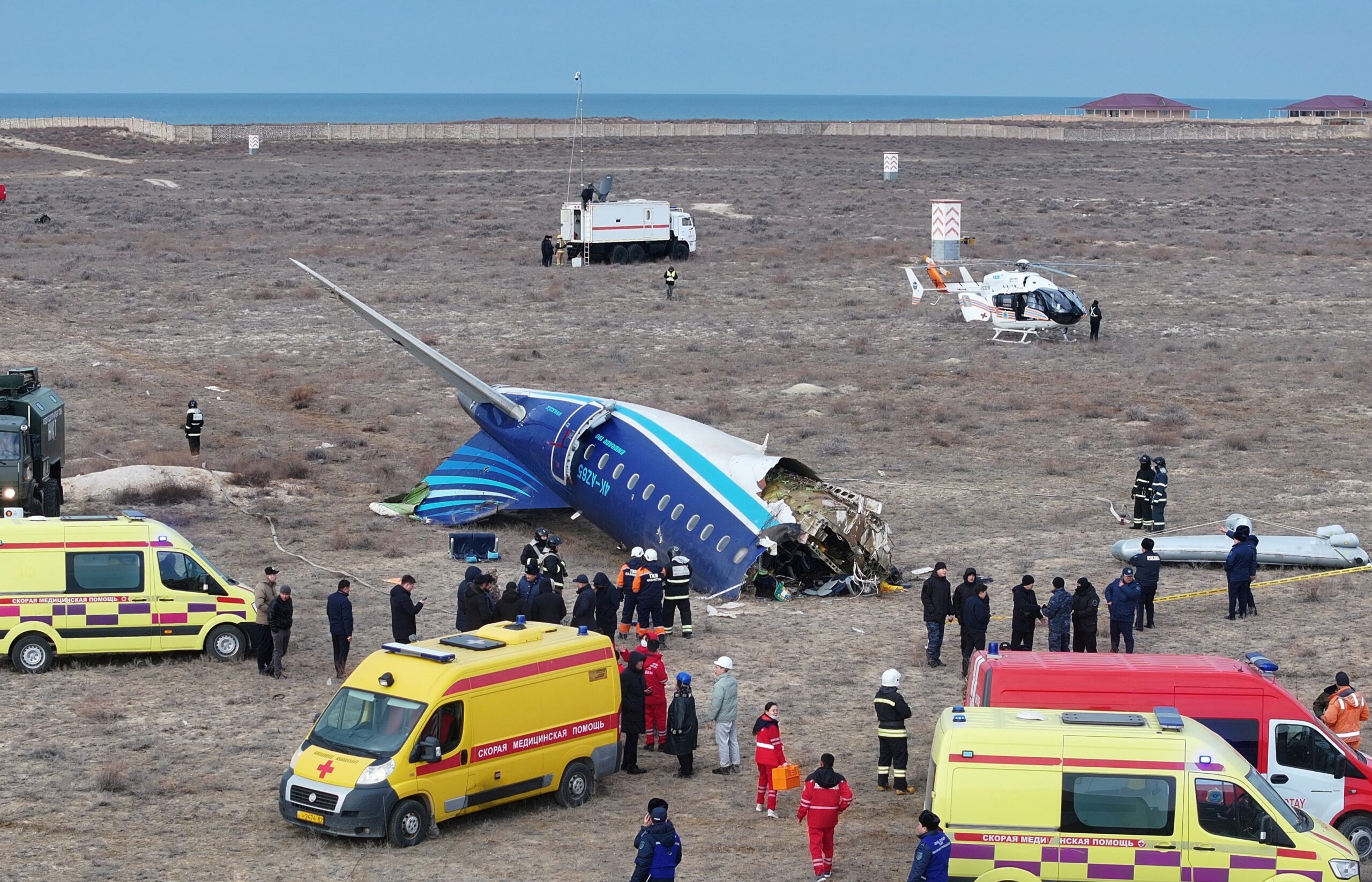“Trump Route” will create conditions for new investment in Armenia – economist
TRIPP and new opportunities for Armenia: opinion
The Washington agreements on unblocking regional communications, reached by Armenia and Azerbaijan on 8 August, will create conditions for new investment in Armenia, economist Armen Ktoyan has said.
The “Trump Route for International Peace and Prosperity” (TRIPP) is a road linking mainland Azerbaijan with its exclave Nakhchivan.
Armenia and Azerbaijan agreed to reopen it with the mediation of the US president, with business operations to be managed through an American consortium.
Before the Washington meeting, the project was referred to in Azerbaijan as the “Zangezur corridor.” The term “corridor” implied Armenia losing control over its own territory. But the trilateral document signed by the leaders of Armenia, the US and Azerbaijan explicitly affirms the principle of “respect for sovereignty, territorial integrity and the jurisdiction of states.”
“According to World Bank estimates, our investment efficiency with the US and EU member states is only 20% of our potential. The rest is unrealised because of the lack of communications,” Ktoyan said.
The economist believes that sustained effort is needed to attract investment, a process that could take up to ten years. The “Trump Route” is an important factor, he said, but a comprehensive approach is required.
“If we do not address the institutional problems within our economy, then whatever communications are established, we will remain a poorly modernised or non-modernised economy, a country exporting mining products or foodstuffs,” he stressed.
Ktoyan argued that the blockade imposed on Armenia by Azerbaijan and Türkiye has caused significant economic losses, including because logistics costs in Armenia are 40% higher than in neighbouring countries. He claimed that with open communications, Armenia’s exports to different countries would be 35% higher than they are today.
- ‘Armenian-Iranian relations are not a bargaining chip’: Yerevan reassures Tehran
- A Tbilisi perspective on the historic Aliyev–Pashinyan meeting
- ‘No third-party control’ – Armenian foreign minister on the “Trump Route” programme
- Pashinyan believes “Trump Route” will become a new component of Armenia’s security
- ‘Historic summit’: Armenia and Azerbaijan sign documents with Trump’s mediation
Comment by economist Armen Ktoyan
“Trump Route” and Armenia’s economic growth
According to the economist, Armenia’s investment climate has never been particularly favourable. He explained that until now there had been convenient opportunities, such as the Zangezur copper-molybdenum plant, or unoccupied niches like telecommunications. These, he said, had been filled by different players over the years.
“These opportunities are exhausted. For this reason, since 2009 the ratio of foreign direct investment to GDP in Armenia has been steadily declining and has now reached a very low level,” Ktoyan said.
In his view, investors in Armenia may now be interested in introducing technologies into unused or inefficiently used resources, producing goods or services, and then selling them — mostly in the form of exports, since the domestic market is small. At the same time, he pointed to the factors that hinder exports:
- closed borders and lack of communications
- underdeveloped institutions
- cronyism in business
- the quality of the workforce, particularly education and qualifications
- the need for technological modernisation
- risks threatening the country’s security
“A project that an investor would accept in a European country with an annual return of 10% would require 25% in Armenia. The risks are high,” Ktoyan said.
The economist argued that the ongoing peace process and the reduction of security risks could lead investors to agree to fund lower-yield projects. He estimated Armenia’s growth potential at around 5%, but said that with significant investment it could rise to 7%.
“What will the ‘Trump Route’ bring? Various opportunities. One of them is the chance to become an important regional player. For Armenia, the potential benefits are both improving the efficiency of its own economy and gaining the status of a transit route,” he said.
Ktoyan gave several examples of where Armenia could benefit economically from unblocked communications:
- trade between Azerbaijan and Nakhchivan, amounting to 1m tonnes, currently goes through Iran
- Central Asian countries face serious challenges in diversifying their logistics chains and securing access via the Middle Corridor to the Black Sea
- Türkiye intends to expand trade with Central Asian states
He said all of these factors fall within the framework of the “Trump Route” project.
Institutional changes needed for EU membership
On the prospects of Armenia’s European integration, Ktoyan noted that joining the EU requires change from within.
“It’s about the standards of how both public life and business are organised. There are producers whose manufacturing processes are 70–80% out of line with European standards. It will take years of work to address these issues. Additional investment is needed. Institutions must be developed, donors engaged. A lot has to change.
It’s not that today you decide and tomorrow, or even in 10 years, you’re an EU member. Those 10 years are needed to transform your institutions, production processes, behaviour and more. It’s a long process. But it is the only path that can ensure sustainable development,” the expert said.
At the same time, he pointed out that exporting goods to Russia and the Eurasian Economic Union, led by Moscow, is simpler and more convenient.
“Business takes the path of least resistance. If you can avoid modernising production, avoid licensing, and get into that market with some fake paperwork, why not take advantage? You won’t make huge investments, you won’t waste time on modernisation and so on,” he explained.
Ktoyan cited the problems with exporting Armenian brandy. He stressed that Armenia exports twice as much brandy as it is capable of producing, which means quality is not guaranteed. The same, he added, applies to other products that fail to meet standards.
“In this regard, the rules of the game need to be clearly set. Even if it means job losses or business closures, the state must enforce these rules. Only then can order be established. And only then can we deprive our partner of the stick they periodically hold over us [referring to Russia’s restrictions on Armenian goods],” he said.
Damage from EAEU membership outweighs the benefits
The economist argued that Armenia has effectively become a donor country for the Eurasian Economic Union (EAEU).
“For imported goods, we collect customs duties, which are then transferred to the EAEU’s common budget, where Armenia’s share is set at 1.22%,” he explained.
As a result, Ktoyan said, Armenia pays more into the EAEU budget than it receives back, creating “an additional burden” on the state budget.
In June, economy minister Gevorg Papoyan reported that in 2024 Armenia paid $323m into the EAEU’s common customs budget, while receiving $189m in return. “So we are giving more customs duties to the EAEU than we get back. The negative balance is $135m,” the minister said.
Asked what the benefits of membership were, Ktoyan replied that the only real advantage is access to energy resources at internal or reduced prices.
But he argued that membership has brought more harm than good.
“Before joining the EAEU, the customs duty on Armenian goods exported to the EU was 3%. After accession, it tripled. Our producers now pay roughly three times more in customs duties when exporting to the EU, simply because the country is a member of the EAEU. Compared to Turkish or Georgian goods, Armenian products are uncompetitive from the outset,” he said.
Summing up the data from 2014 to 2024, Ktoyan noted that Armenian exports to Russia increased tenfold, while exports to the EU rose by only 50%.
Armenia signed the accession treaty to the EAEU on 10 October 2014, and it came into force on 2 January 2015.
TRIPP and new opportunities for Armenia: opinion










